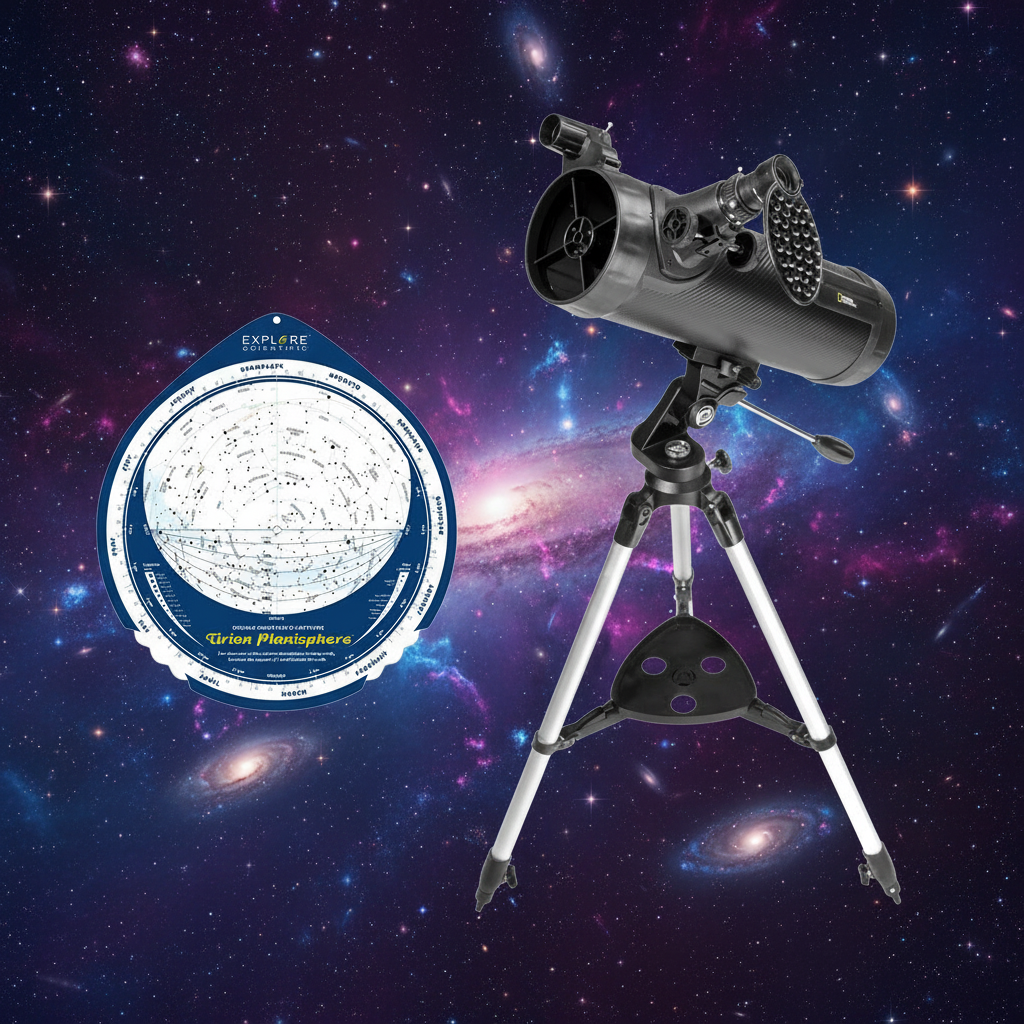At any moment of the day, countless awe-inspiring celestial events are unfolding in the sky. With a universe of options, it can be hard to pin down what to observe, what to look into or what to remember. This column takes a peek at what’s happening in the sky and in the world of astronomy in general to provide a quick list of highlights that can jumpstart your own explorations.
What to observe:
March 20 - March Equinox
A welcome sign of changing seasons for many, the March equinox is set to occur at 22:45 Universal Time on March 20th. For those in the Northern Hemisphere, this event is a harbinger of spring, while in the Southern Hemisphere, it heralds the arrival of autumn. The March equinox occurs when the Sun passes from south to north across the celestial equator, which lies directly above its imaginary counterpart - Earth’s equator. No matter where you are located, on this date, the Sun rises due east and sets due west, and day and night are almost equal in length.
What to remember:
March 16 - Anniversary of Famed Astronomer Caroline Herschel’s Birth
Caroline Herschel, who would become the first woman to discover a comet, was born in Germany 265 years ago. As a young child, she battled both smallpox and typhus, and each left her with life-changing repercussions. As a young woman, she was stifled by a mother who saw her as a house servant and discouraged her father’s attempts to educate her. But at 22, Caroline Herschel made the decision to leave Germany and join her older brother William Herschel in England, where he worked as a musician and conductor. This move set her on the path to a revered place in the annals of astronomy. Once she was in England, Caroline cared for William’s household, and he taught her mathematics and gave her voice lessons so she could sing professionally. At the same time, he delved deeper into his burgeoning passion for astronomy, and, soon, recruited Caroline to serve as his astronomy assistant. In this position, she helped him grind and polish mirrors for telescopes he built, and, most importantly, she recorded his nightly observations and did the intense calculations that were necessary to pinpoint exact locations of the objects he had seen. After he discovered the planet Uranus, William was appointed the royal astronomer, and he and Caroline embraced the skies full time. Eventually, Caroline started making her own observations and began to discover nebulae. On August 1st, 1786, she found her first comet and got on the king’s radar. The king quickly employed her as William’s paid assistant - making her the first female astronomer compensated for her scientific services. Caroline would go on to discover more nebulae and seven other comets. She also catalogued every item she and her brother had found and continued to rack up honors. These included being the first woman to receive the Royal Astronomical Society’s Gold Medal, gaining honorary membership in the same organization and receiving the King of Prussia’s Gold Medal of Science Award. Caroline died on January 9th, 1848. In recognition of all of her astounding contributions, both a lunar crater and an asteroid have been named in her honor.
What to look into:
GAM 2015 AstroPoetry Contest
Although Astronomers Without Borders’ annual Global Astronomy Month does not officially kick off for a couple of weeks, a few related contests are already under way. One of these is the GAM 2015 AstroPoetry Contest, which runs through April 30th. Poets of all ages and skill levels are invited to submit their poems on any astronomy, night sky or space-related subject in one of three categories - Children Grades 1-6, Children and Young Adults Grades 7-12 and Adults. For information on the contest guidelines and how to enter, visit http://astronomerswithoutborders.org/gam2015-programs/astroarts/1561-astropoetry-contest-for-gam2015.html. Global Astronomy Month is organized each April by Astronomers Without Borders and emphasizes the organization’s motto - “One People, One Sky.” The month includes a wide range of events and draws participants from more than 100 countries.
2015 International Earth and Sky Photo Contest
From March 22nd through April 22nd, submissions are being accepted for the 6th International Earth and Sky Photo Contest - a collaborative effort of The World at Night (TWAN) project, Astronomers Without Borders’ Global Astronomy Month and the National Optical Astronomy Observatory. Photographers of all ages are invited to participate in the landscape astrophotography contest, which targets light pollution through its encompassing theme of “Dark Skies Importance.” The competition has two categories - “Beauty of the Night Sky” and “Against the Lights” - and all entries must adhere to the TWAN style by capturing a profound mingling of the Earth and sky. The roots of the contest go back to 2008, when it started as a regional event. For more information on the contest guidelines and how to enter, visit http://www.twanight.org/contest. Winners will be announced in May.
As an Amazon Associate we earn from qualifying purchases.












Leave a comment
This site is protected by hCaptcha and the hCaptcha Privacy Policy and Terms of Service apply.